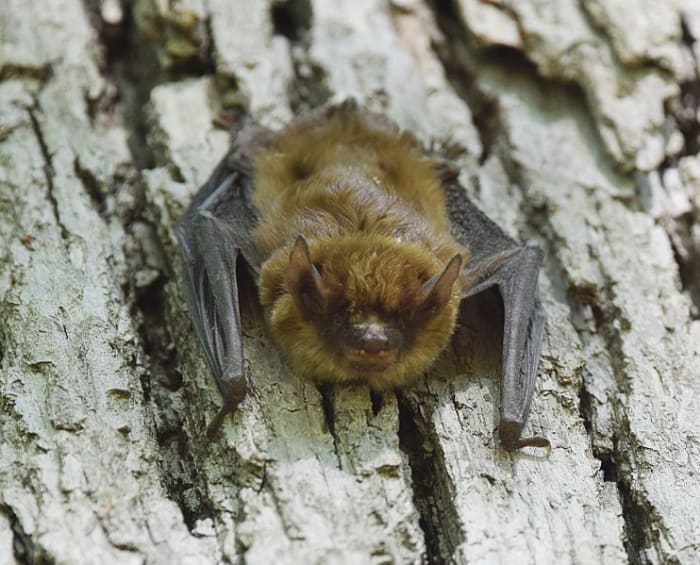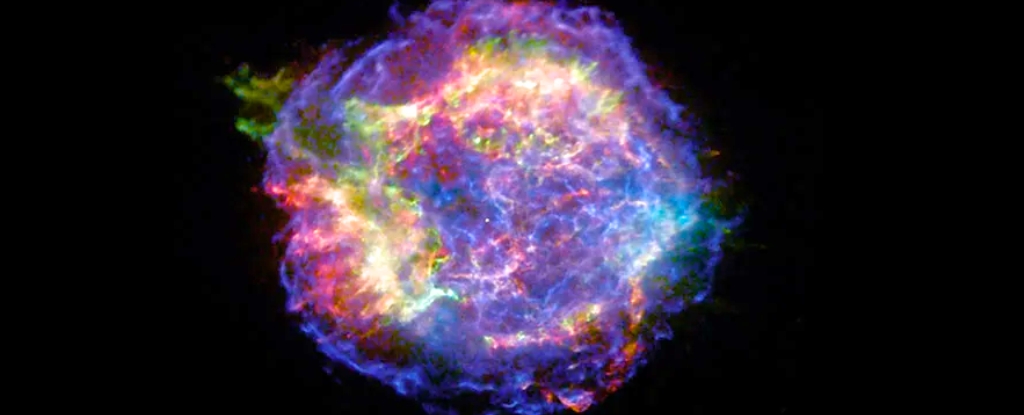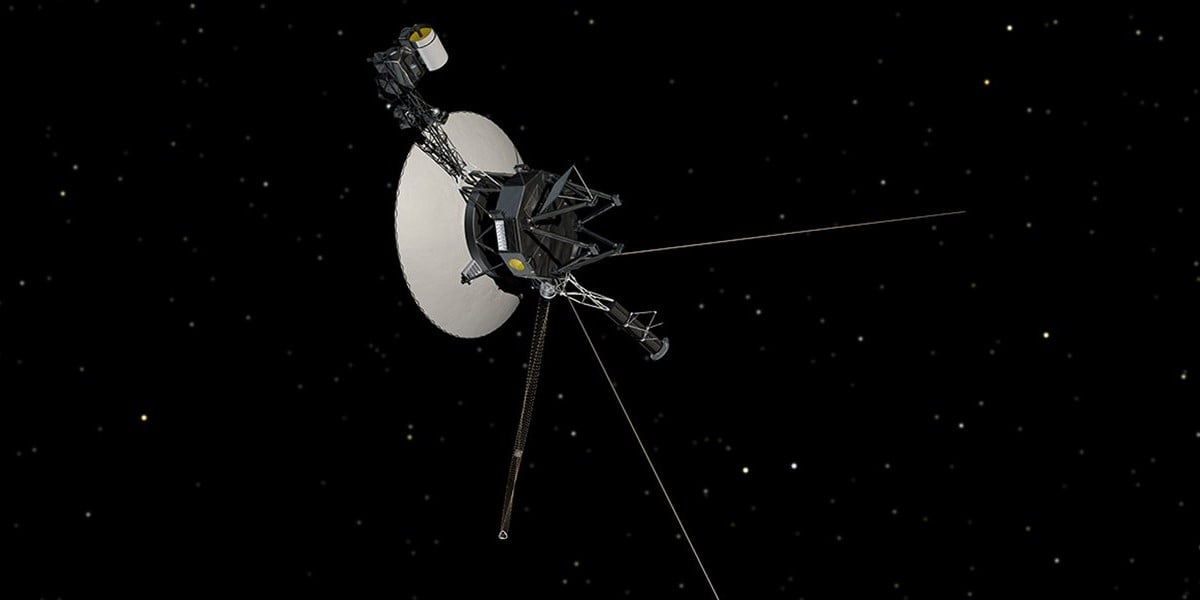When NASA launches its next stage in lunar exploration next year, its crew will be literally beside themselves as they swing around the Moon.
On board the Artemis II mission will be several experiments on human health, one featuring tissue samples collected from the astronauts and placed on small chips destined to be exposed to the same hazards of space travel that the astronauts face.
If this test run works as hoped, eventually these astronauts-on-chips could be sent out on scouting missions to assess health risks before live humans make the journey.
Known as the AVATAR project, its results could have a significant impact on how we treat not only humans venturing through the final frontier, but also those of us requiring medical attention here on Earth’s surface.
Related: Spaceflight Accelerates Aging of Human Stem Cells, Study Finds
It’s no secret that human anatomy isn’t constructed with space in mind. Beyond our planet’s protective influence for long periods, far from emergency care, and without the support of gravity, our health is put to the ultimate challenge.
“We’ve identified five hazards of space flight,” NASA’s Human Research Program chief scientist Steve Platts told ScienceAlert.
Those include space radiation, isolation, distance from convenient support, gravity (including the lack of it), and being stuck in a closed – even hostile – environment.
“Being in a very small vehicle that’s kind of smelly, kind of loud, it’s difficult to sleep – all those kinds of things are part of that hazard,” Platts explained.
Over half a century of space exploration, it’s become clear that any short-term relief provided by a temporary holiday from Earth’s gravitational embrace is soon outweighed by a growing list of problems, from bone loss to changes to vision, to a weakening of the heart and exacerbation of erectile dysfunction.
Platts and his team are tasked with preparing future missions for any potential breakdowns in health by investigating causes and searching for ways to overcome obstacles we’re yet to even discover.
NASA’s Artemis lunar program is providing the Human Research Program with a perfect opportunity to uncover the unknown unknowns in space health.
 frameborder=”0″ allow=”accelerometer; autoplay; clipboard-write; encrypted-media; gyroscope; picture-in-picture; web-share” referrerpolicy=”strict-origin-when-cross-origin” allowfullscreen=”allowfullscreen”>
frameborder=”0″ allow=”accelerometer; autoplay; clipboard-write; encrypted-media; gyroscope; picture-in-picture; web-share” referrerpolicy=”strict-origin-when-cross-origin” allowfullscreen=”allowfullscreen”>“One of the experiments we’re doing in Artemis is designed to help us with this exact question,” said Platts.
“Called standard measures, it’s sort of a core group of measurements that we take, like when you’re going to your doctor for your annual checkup and they do your blood pressure and heart rate and collect a blood and urine sample.”
These include measurements of activity and exposure to light gathered through a wrist sensor, as well as a battery of tests for cognitive function and sensorimotor skills. By knowing what a ‘normal’ function looks like in space, the researchers hope to identify concerning abnormalities more easily as they appear.
The AVATAR experiment takes the goal of highlighting abnormalities a step further by putting astronaut tissue specimens directly in the firing line of known space hazards, right next to the astronauts themselves.
The word is an acronym for A Virtual Astronaut Tissue Analog Response. The size of a common USB drive, it is described as an “organ-on-a-chip” that serves as a stand-in for human body systems. While using tissues as surrogates for human test subjects in space is far from new, combining organ samples with their donors on a deep space mission is unprecedented.
“For Artemis II, this AVATAR is going to be a bone marrow model made out of each of the astronauts,” director of NASA’s Biological and Physical Sciences division Lisa Carnell told ScienceAlert.
“So each astronaut in Artemis II is contributing their cells to create their own miniature avatars.”
By riding alongside the astronauts in the Orion spacecraft in a custom payload, the bone marrow samples will provide NASA researchers with relevant physiological data on the molecular level, which can then be compared to the crew members’ own immune responses.
It’s anticipated that future AVATARS will expand not just their library of tissues, but the sample of astronauts providing tissues for testing. Those in line for a tour to the Moon, Mars, or even beyond may have samples of bone marrow, heart, liver, brain, or dozens of other organs sent ahead for a test run.
Carnell expects future Artemis missions to carry a number of AVATARs running suites of tests, if not whole banks of the chips destined for deep space within autonomous experiments set to safely push human biology to its absolute limits.
“The goal is that we want to be able to make these personalized avatars, send them out ahead to see what the effect is of this deep space environment on our astronauts and develop countermeasures,” said Carnell.
“If we truly want to send humans to live on the lunar surface, to go out to Mars, we really need to understand and know before we go. And this will help us thrive in space.”
 frameborder=”0″ allow=”accelerometer; autoplay; clipboard-write; encrypted-media; gyroscope; picture-in-picture; web-share” referrerpolicy=”strict-origin-when-cross-origin” allowfullscreen=”allowfullscreen”>
frameborder=”0″ allow=”accelerometer; autoplay; clipboard-write; encrypted-media; gyroscope; picture-in-picture; web-share” referrerpolicy=”strict-origin-when-cross-origin” allowfullscreen=”allowfullscreen”>Any lessons learned from the AVATAR program are almost certain to extend beyond the space industry, with organ-on-a-chip technology predicted to revolutionize personalized medicine for Earthlings in general. An ability to grow and maintain functional tissue specimens in isolation could give specialists new opportunities to devise tailor-made therapies for a variety of diseases.
“What’s really cool is that I think eventually this is going to revolutionize medicine,” said Carnell.
She envisions a day we have our own AVATAR for medical testing, if not to launch into space on our behalf. Though one can still dream that a piece of themselves might one day be destined for the stars.
“So yeah, this is not just for NASA. This is for all of humankind.”
If you’re passionate about space, make sure to subscribe to our Spark newsletter and you could win an epic Space Coast adventure holiday in Florida.
To enter, readers simply need to subscribe to Spark, ScienceAlert’s fact-checked weekly newsletter. Entries close at midnight 11 December 2025, and the winner will be randomly selected.
NO PURCHASE NECESSARY. Sweepstakes begins 10/10/2025; ends 12/11/2025. Void where prohibited.
For complete sweepstakes rules visit: sciencealert.com/space-competition-rules
Source link



